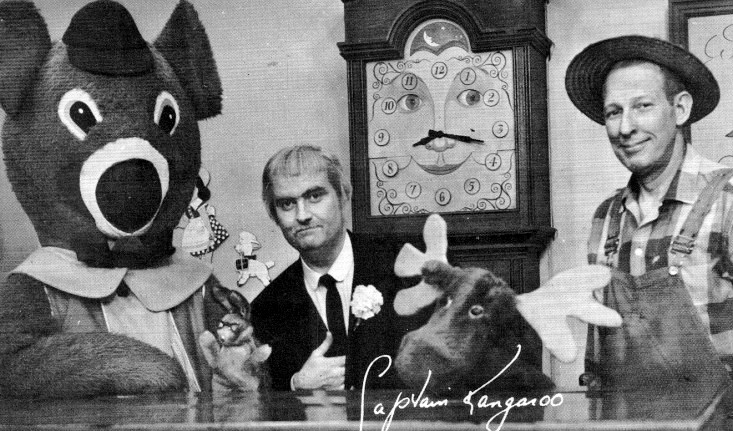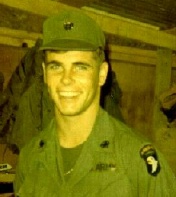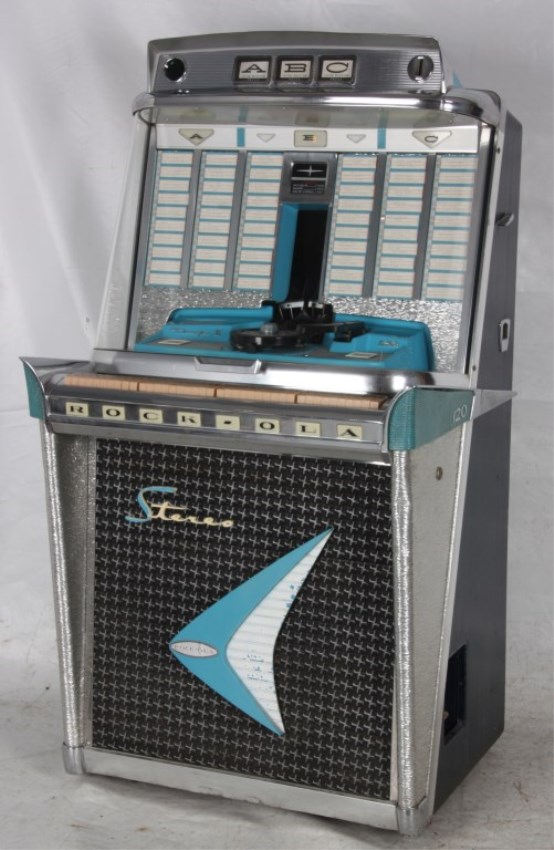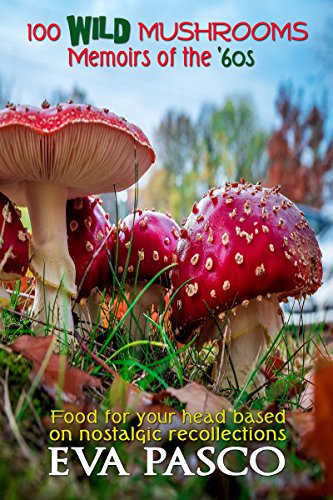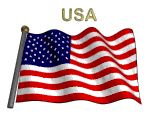
The 60s Official Site
"Where Music is Our Middle Name"
Quick Links
Your Daily Oldies Fix Top Ten Countdown Solid Gold Memories Jukebox Music
Vibration of a Nation Remember When Television of the 50s and 60s 60s Slang
Things You Just Don't Hear Anymore 60s TV Commercials Chickenman Episodes Woodstock This Weeks Number One Hits
The Early Years of Rock and Roll Vietnam War Myths
All the content menu is listed on the left menu border bar
Captain Kangaroo
Captain Kangaroo was an American children's television series that aired weekday mornings on the American television network CBS from 1955 to 1984, making it the longest-running nationally broadcast children's television program of its day. In 1986, the American Program Service (now American Public Television, Boston) integrated some newly produced segments into reruns of past episodes, distributing the newer version of the series on PBS until 1993. The show was conceived by Bob Keeshan, who also played the title character "Captain Kangaroo", and who based the show on "the warm relationship between grandparents and children". Keeshan had portrayed the original Clarabell the Clown on The Howdy Doody Show when it aired on NBC. Captain Kangaroo had a loose structure, built around life in the "Treasure House" where the Captain (the name "kangaroo" came from the big pockets in his coat) would tell stories, meet guests, and indulge in silly stunts with regular characters, both humans and puppets. Keeshan performed as the Captain more than 9,000 times over the nearly 30-year run of the show. Hugh Brannum was an American vocalist, arranger, composer, and actor best known for his role as Mr. Green Jeans was on Captain Kangaroo.
From left: Dancing Bear, Bunny Rabbit, Captain Kangaroo, Grandfather Clock, Mister Moose, and Mister Green Jeans.
The May 17, 1971, episode had two major changes on the show: The Treasure House was renovated and renamed "The Captain's Place" and the Captain replaced his navy blue coat with a red coat. In September 1981, CBS shortened the hour-long show to a half-hour, briefly retitled it Wake Up with the Captain, and moved it to an earlier time slot; it was moved to weekends in September 1982, and returned to an hour-long format. CBS cancelled Captain Kangaroo at the end of 1984. The show did not have a strict format, other than the entire program taking place in and around the Treasure House or the Captain's Place, where the Captain would interact with puppets, guests, or other members of the cast. Even the opening sequence could change. The show generally began with the theme music starting up, then the Captain would unlock and open the doors of the Treasure House from the inside, and viewers would catch their first glimpse of him. Then he would put the Treasure House keys on a nail, and the music would stop. However, sometimes the Captain could not get the keys to stay on the nail, and when they fell off, the theme music would begin playing again. One never knew exactly what would happen from one episode to the next, although at certain times of the year, such as the Christmas season, paper cutout versions of such stories as The Littlest Snowman would be shown.
The British cartoon Simon in the Land of Chalk Drawings appeared
in the 1970s, featuring a child with magic chalk who could create all sorts of short-lived creations in short
adventures (the original version featured a British narrator, Bernard Cribbins, but Keeshan's voice was dubbed
onto the cartoons for their U.S. airing). Also appearing in the 1970s was The Most Important Person, a series of five-minute segments on the importance of life, and The Kingdom of Could Be You, a series of five-minute segments on the importance of careers and the work world. The cartoon series called The Toothbrush Family was based on an extended family of hygiene utensils, as the name suggests; they would embark on adventures based in the bathroom, like water skiing in the tub, or rescuing friends caught in the drain. Episodes were generally a few minutes each and basically revolved around teaching children the importance of dental care. A silent cartoon in the 1970s named Crystal Tipps and Alistair featured the adventures of a young girl and her dog. Later reruns were narrated by the voice of Mr. Moose. Another British favorite, The Wombles, was also featured. The Red and the Blue shorts from Italy were also shown. The Undersea Adventures of Captain Nemo, featuring a family of sea explorers, was featured, as well. Other regular features included The Magic Drawing Board and the Captain's "Reading Stories" sessions, which introduced kids to stories such as Curious George, Make Way for Ducklings, Stone Soup, Caps for Sale, and Mike Mulligan and His Steam Shovel. The Sweet Pickles books were also featured.
|
|
